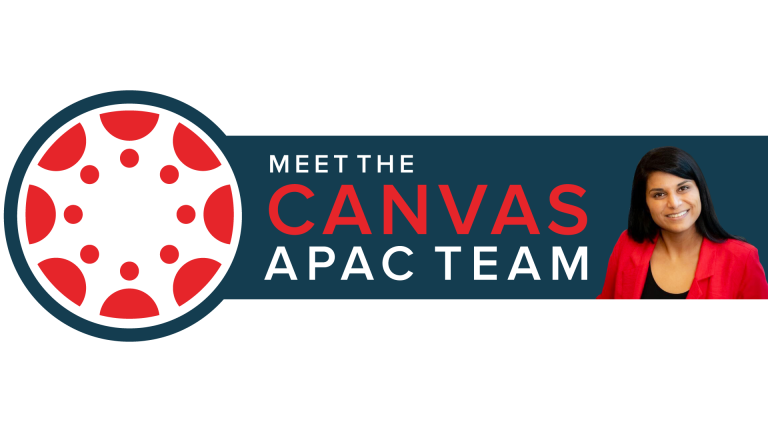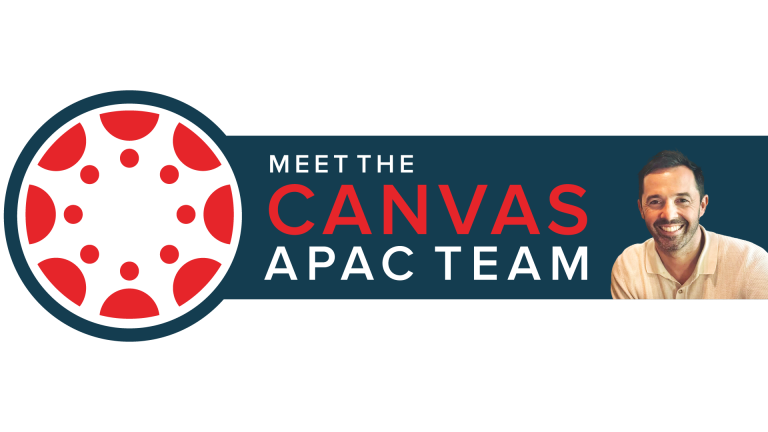
In the ever-evolving landscape of education, eLearning has emerged as a transformative force, reshaping the way we acquire knowledge and skills. Students can now access information at their fingertips, learning from school, home, or anywhere they have an internet connection. This digital age of learning has made education more accessible and equitable to learners.
The learning management systems are key drivers in the evolution of eLearning – improving teaching and learning in digital spaces. With an LMS now being an integral part of the academic landscape, how can we leverage eLearning with its tools? In this article, we’ll learn about eLearning and how to use an LMS to enhance learning in technology-enhanced teaching environments.
What is eLearning?
Electronic learning or eLearning is an umbrella term for all learning and teaching delivered through digital mediums. Elearning acts as a contrast to the traditional paper and pen methods of learning, often adding convenience and flexibility to the learning environment. However, you can expect a combination of traditional and eLearning in today's classrooms. Let’s take a look at some common forms of eLearning:
Massive Open Online Courses (MOOCs): A well-known form of eLearning that provides open access to a variety of educational courses. MOOCs are known to offer equitable education, providing access to courses to people no matter where in the world they live.
Webinars: Online workshops, seminars, or courses. Webinars are typically live and interactive, allowing participants to engage with presenters and the discussion board on a particular topic.
Distance Learning: Also known as remote learning, provides educational access to students who are not physically on campus. Students who engage in distance learning often do so for convenience, flexibility, or more control over their learning schedule.
Hybrid & Hyflex: In hybrid learning, students go back and forth between online and in-person learning. The structure is determined by the teacher and pertains to all students. The hyflex model adds more flexibility, allowing students to choose between asynchronous and synchronous learning either on-campus or remotely according to their preferences or circumstances.
Online Learning: Unlike hybrid or hyflex, online learning is completely digitised, allowing students to learn 100% online. Online learning is what makes distance learning possible and is supported by an LMS.
Certifications & Badges: eLearning programs that center on skill building, where students receive certifications and credentials after completing a skills-based course. Badges can be offered in a pathway model or as stand-alone achievements. Learn more about micro-credentialing and badges in this article.
Diving Deeper into the LMS
An LMS enhances the eLearning experience by providing a seamless digital ecosystem to teachers, students, and learners everywhere. At the core, a learning management system manages, tracks, delivers, and validates course content and students' learnings. An LMS can offer a range of features that support eLearning. Here are a few common features that drive impact:

Course creation and management: Educators can design and craft engaging learning experiences within their courses, modules, and assignments.
Tracking and analytics: Educators and students can track performance and progress. This helps identify areas of improvement and areas of competency.
Integration capabilities: An LMS can integrate with other popular edtech tools, allowing students to access everything they need in one place.
Collaboration and engagement tools: Students can collaborate with one another in discussion boards, chats, groups, etc., making learning more interactive for everyone.
Mobile learning: Students can access their course on the go. LMS mobile applications offer functionality and convenience for teachers, students, and families. Learn more about the Canvas Mobile App.
How to use an LMS in eLearning?
Similar to the traditional in-person environment, students expect a welcoming and professional space to learn online. In an eLearning space, the first priority should be usability and functionality. The platform's ability to sustain and facilitate learning outcomes is essential. That's why a trusted LMS with superior troubleshooting and usability is important to the health of the eLearning ecosystem.
With Canvas LMS, students can easily navigate their coursework, submit assignments, interact with educators & peers, and track their progress. Students can be further engaged with course discussions, interactive assignments, and collaborative projects. These tools can help personalise their learning experience – making learning count for each individual. Learn more about using LMS to engage learners.
Remember to take advantage of your management systems' performance-tracking capabilities. Performance can be tracked on the individual, course, and institutional levels. Institutions can even track the effectiveness of the digital tools used in their eLearning programs. Make the most of these features, ensuring digital programs are providing impact where it counts.
Choosing the Right LMS for Your eLearning Environment
An institution's LMS should not merely meet needs but provide the best tools for their academic programs. Here are factors to consider when choosing an LMS for eLearning environments:
Scalability, user-friendliness, and integration capabilities: Consider if an LMS can support your institution's size, needs, and future goals. Can the LMS evolve with your school? An LMS should also be easy to use and have all the necessary tools to make learning successful.
Security features and customization options: With the academic world's continued transition into tech, security and privacy features are essential. Data security keeps user information safe and only accessible to learners and those facilitating the learning experience. In addition, personal profiles allow users to customize their experience.
For additional support in choosing an LMS, take a look at our LMS Comparison Guide.
Using Canvas LMS for eLearning
Canvas LMS continues to be the #1 learning management system in Australia/New Zealand and Asia, adding value to eLearning globally. Want to dig in more? Check out our LMS Buyer’s Guide.
Related Content
 meet-canvas-apac-team-farrah.png
meet-canvas-apac-team-farrah.pngBlogs
 instructure_2022-may_cofi-273.jpeg
instructure_2022-may_cofi-273.jpegBlogs
 meet-canvas-apac-team-adam-ware.png
meet-canvas-apac-team-adam-ware.pngBlogs